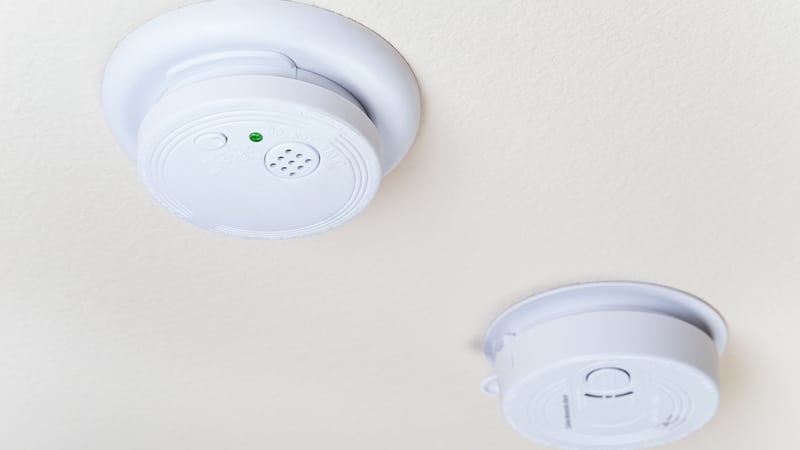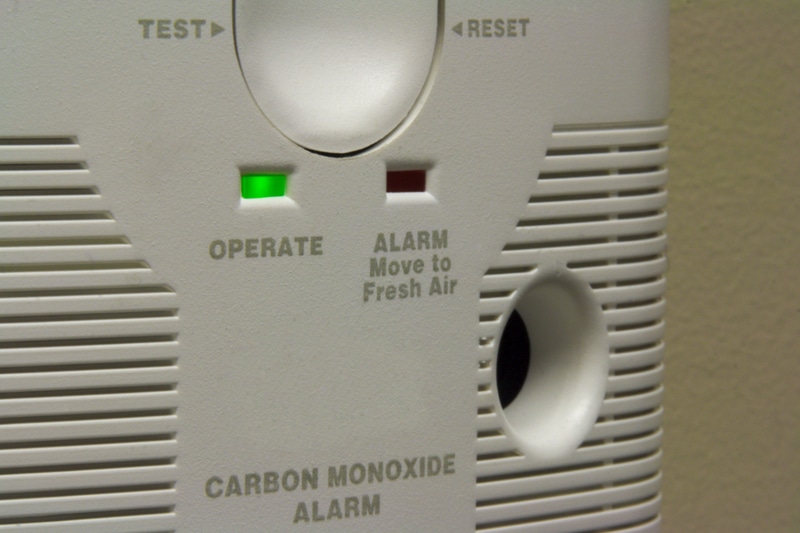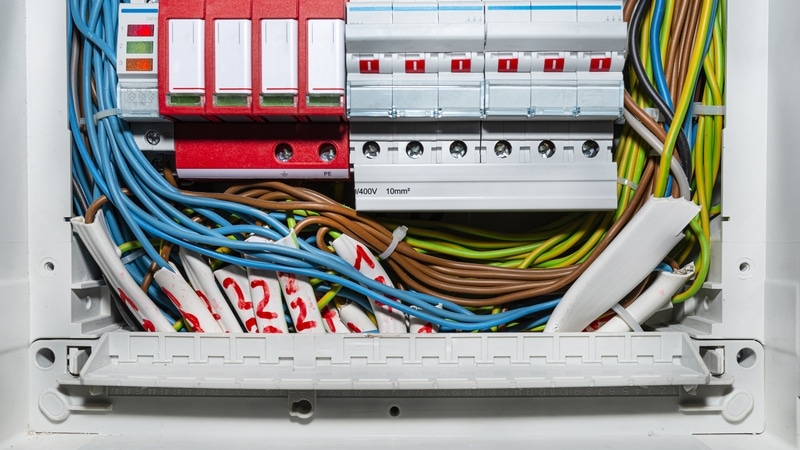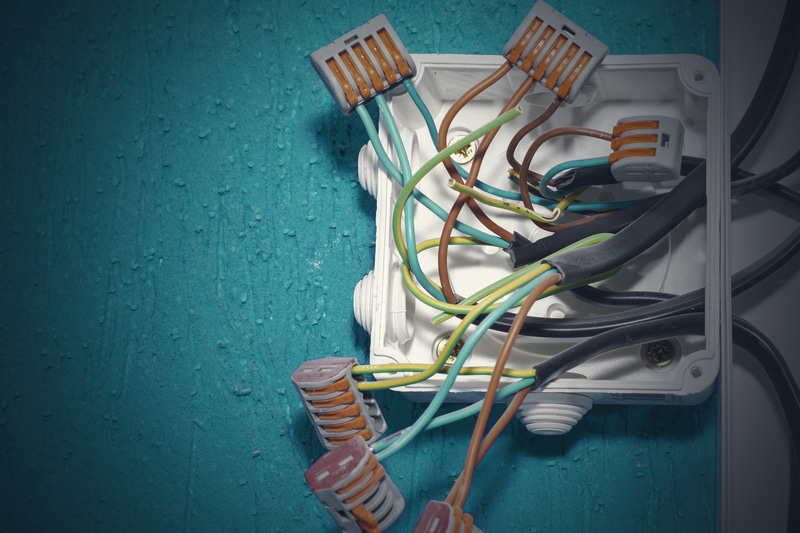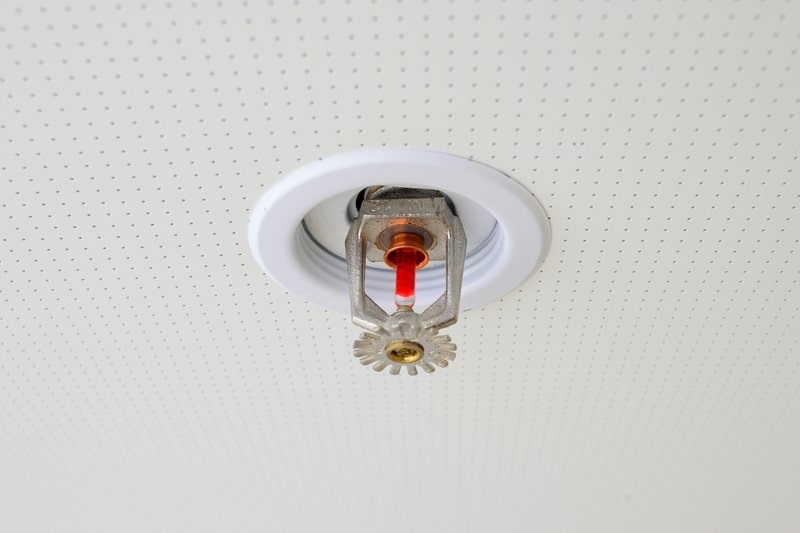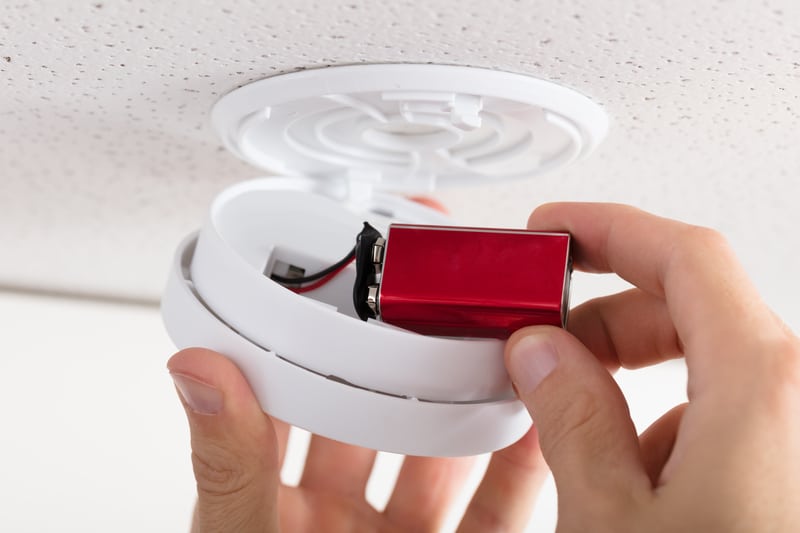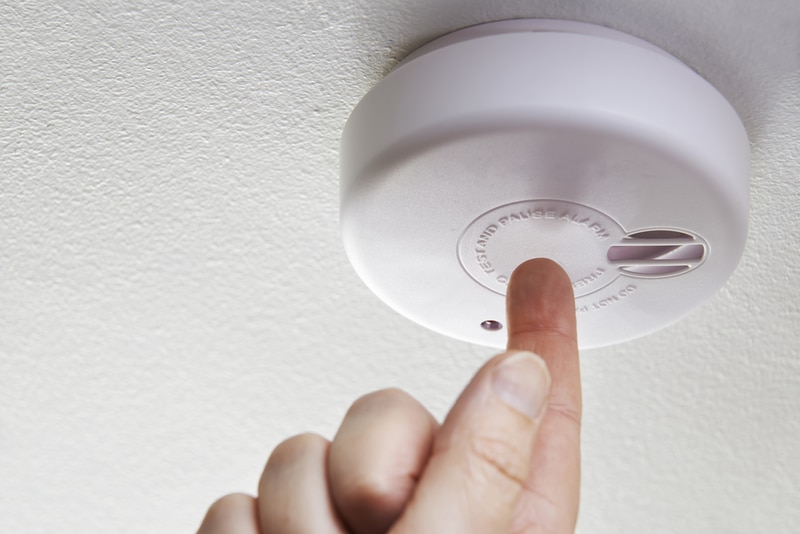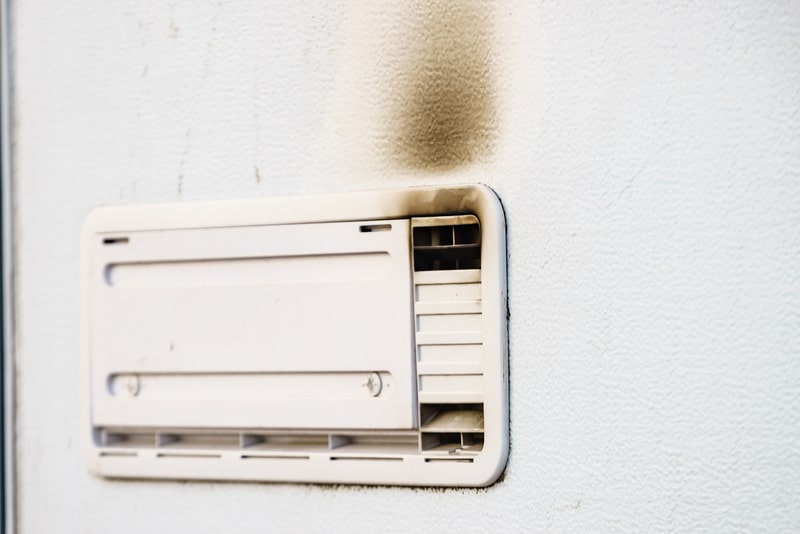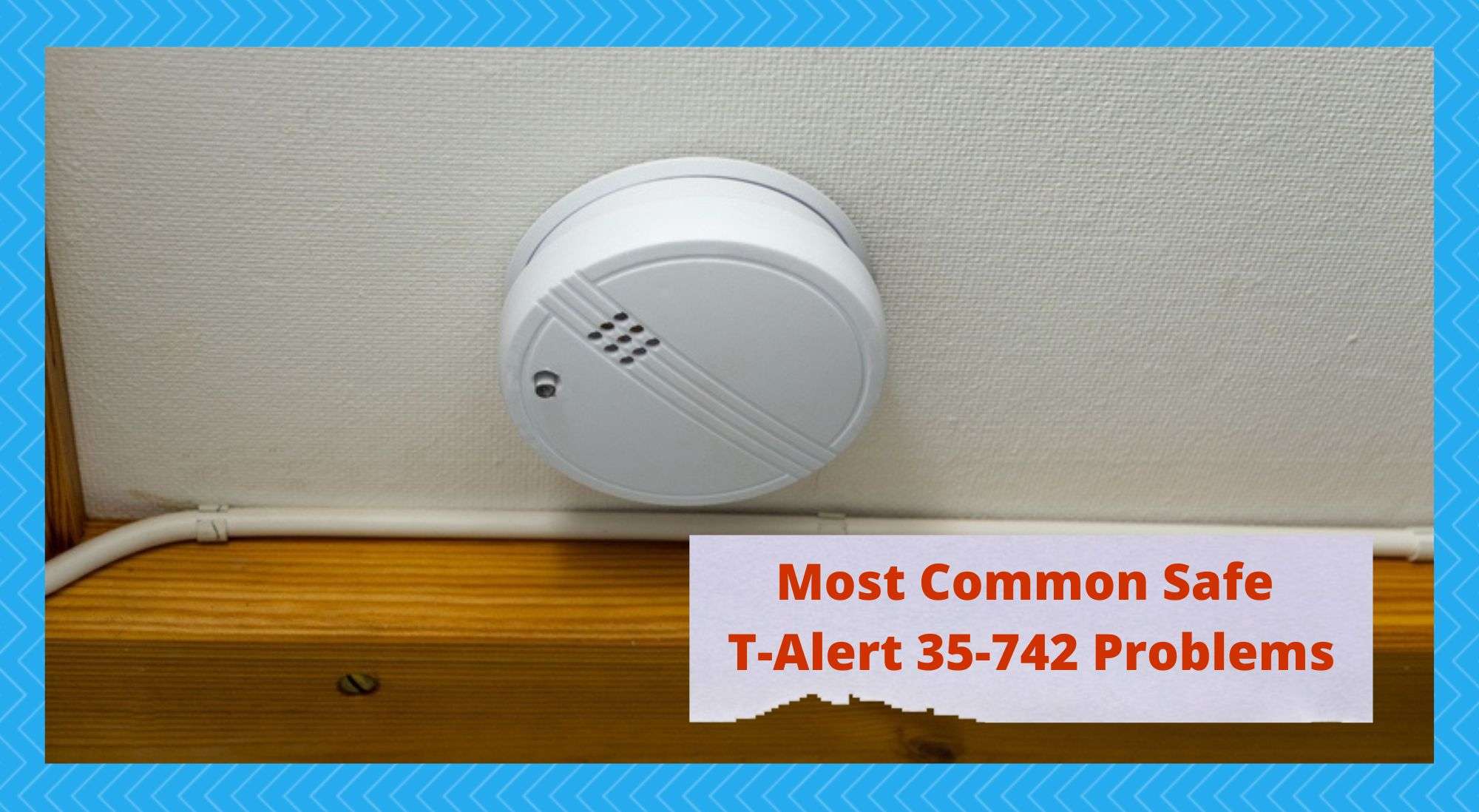
RV camping is an activity which is loved by family and friend who endeavour to have relaxing adventures. Therefore, ongoing safety is an ongoing consideration for any sensible RV enthusiast. Of the numerous potential hazard, gas leaks are among the most significant worry.
The T-Alert 35-742 comfortable satisfy these concerns by detecting toxic gas 24 hours a day. However, sometime it will develop some of its many common faults. Reading the article below will illustrate all of the most significant concerns and how to deal with them.
What is the T-Alert 35-742?
The T-Alert may seem unimpressive, but it is, in fact, a life-saving device that is crucial for every RV. When RV enthusiasts are traveling, it is crucial that the journey is safe and easy. However, this is often easier said than done.
Consider what is inside an average RV. It contains a high amount of equipment and personal items, which are all compiled together in a compact space. In addition, modern RVs incorporates a range of electrical, water, and gas supplies to afford luxury travel even when off-grid.
After cramming all of these components and items in a small space, RVs are then driven for long hours over varied terrain. We are exposing the RV and the internal elements to constant vibrations, jerks, shudders, and bumps for the duration of the RV’s life.
Therefore, safety mechanisms must be built to ensure that peaceful holidays do not have any severe consequences. Gas-operated devices are ubiquitous in RVs compared to traditional homes. They can power everything from stove tops to refrigeration units.
Propane, in particular, is a cheap and accessible fuel that can be stored easily in an RV. However, the ease of use does not reflect the potentially hazardous consequences. Propane gas is highly flammable and can ignite from just a tiny spark. It is also toxic for human consumption, which is why leaks in RVs are a severe issue.
Moreover, many appliances which utilize gas as a power source will produce carbon monoxide as a by-product of the operation process. This is an odorless gas that is not flammable but is incredibly deadly for humans.
It is odorless, making it very difficult to detect. The deadly aspects of the gas will prevent human cells from using oxygen which is inevitably fatal.
This is where components like the T-Alert 35 742 become invaluable. It operates as a life-saving alarm system that continually detects the RV interior space for propane and carbon monoxide. Wired directly into the electrical system, the sensor will ensure that RV owners are immediately alerted to deadly gas leaks.
1. Green Operational Light is OFF
There is a minimal interface used in the T-alerts construction. It is equipped with two indicator lights and an alarm test button, and that is it. The simplicity of the design has allowed it to be a highly reliable device with very few parts that can potentially fail.
Therefore, when the green operational light is off, there can only be a select few issues that it corresponds to. These will be described below. The initial assessment should be to inspect the device and its entire wiring harness for a breakage.
T-Alert alarms are manufactured with electrical efficiency in mind. However, they are wired using very small gauge cables, which are more susceptible to chafing and breaking when they are exposed to the vibrations of a moving.
T-Alert owners will often require an electrical specialist to assist in this effort as it can be a laborious and challenging task depending on the extent of onboard wiring. If the light does not go on after installation and the wiring is intact, then there might be an installation issue.
The most common fault when wiring the device is reversing the polarity of the component. Revers installation is a prevalent wiring fault that will always be detected during the initial stages of installation. It is unlikely to damage the low-voltage DC appliance and simply requires the connections to be switched around.
Inspect the condition of the other electrical devices in the RV. If other DC or AC appliances fail to work as normal, there may be a system-wide electrical fault to resolve. For example, identify if the onboard batteries are low are have a mains connection issue that needs to be rectified to reengage the electrical system.
A blown fuse is a final issue which is one of the most commonly reported problems with the T-Alert 35-742. This is due to the nature of the onboard electrical system on RVs, which offers a more volatile electrical current that can be difficult for appliances to handle.
In addition, each appliance has a fuse in its system, which is designed to break the connection to prevent wires from getting too hot and going on fire. Therefore, if there is too high a charge passed through the cable temporarily, it can blow a fuse and render the appliance inactive.
Therefore an appropriate like-for-like fuse should replace the old one to guarantee the connection is optimal. After addressing all of the above troubleshooting processes, most often, the T-Alert will be back up and running.
However, occasionally, there is an ongoing issue that prevents the green light from reactivating. Contact the local dealership or the manufacturer directly for further information.
2. Permanent Appliance Fault
There are some issues that owners cannot fix. From time to time, there are severe internal faults that cause the T-Alert to break down permanently. The only possible solution is a full replacement.
There are only a few outcomes that can cause this to be the only solution. Testing the alarm system is a crucial element of the appliance to ensure that it will function during an emergency.
Therefore, when the test button fails to work, or the red light does not illuminate during a test, then this is an automatic fault that will render the device in action and in need of being replaced. Alternatively, if the alarm sounds and the cannon be switched off with the alarm test button, it will also need to be replaced immediately.
3. Battery Voltage Concern
As mentioned above, electrical voltage variability is a renowned issue in the RV community. Having movable electrical energy that can be orientated in a variety of currents and voltages creates a less predictable environment that traditional appliances require to function optimally.
Therefore, the T-Alert 35-742 is equipped with a low-voltage sensor to ensure it can operate 24/7 as a matter of safety. This alert will be very clear to the operator as the two LED lights will flash with an audible alarm sounding every 15 seconds.
In this instance, check the battery levels of the main hook-up connection. Most often, there is a problem with the battery charge levels, and it simply needs to be topped up.
4. End Of Life Alert
Like every electrical appliance, they will ultimately break down permanently. Fortunately, due to the life-saving function of the sensor, it uses an alarm to indicate that it needs to be replaced. This is to ensure that the device does not silently break down and create a hazardous environment for the RV occupants without warning.
The alarm will sound continual until it is reset with the test button. This will allow the owner to pause the alarm for three days before it reactivates.
The initial alarm sounds indicate that the owner has 30 days of life left before the unit needs to be fully replaced. It is a very clever safety mechanism to guarantee the safest possible environment.
5. Compromised Environment
There are clear installation instruction in the T-Alert 37-742 user manual regarding the best practices. In essence, the vent where the sensor is located must be free and clear of any potential contaminants. Often customers will paint over the vents or cover it accidentally which will render useless.
It must be located in a convenient place near the highest concentration of gas operated devices which is most often the kitchen. It must be free and clear of any materials that will obstruct the sensor in anyway. In doing so it will provide the safest possible environment for the RV users.
Conclusion
Understadning exactly how to resolve the most common T-Alert 35-742 problem is essential for any conscience RV owner. Appreciating the significance of the key safety appliance can save lives. Therefore, following the detailed troubleshooting protocols above will ensure a smooth and safe RV experience fro years to come.

